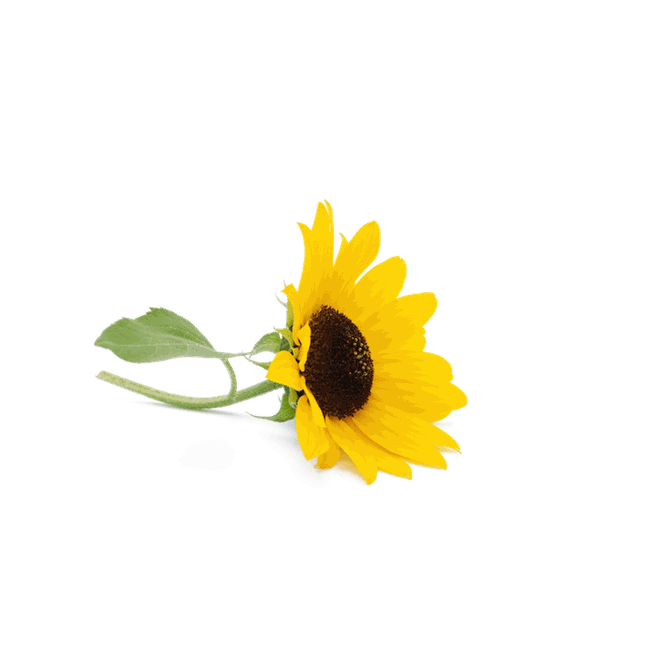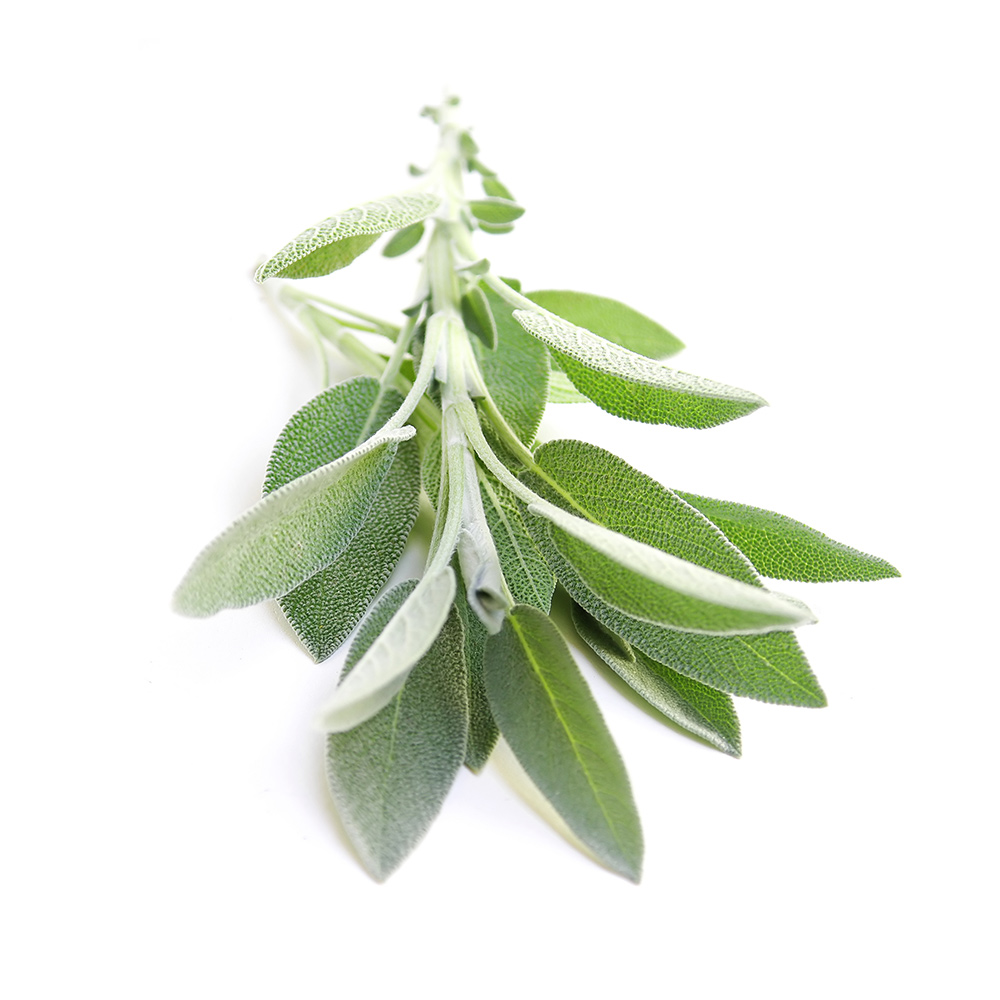Balcony & Patio
Similar to marjoram, oregano and basil, sage is also an indispensable part of Italian cuisine. It is used especially with meat-heavy dishes such as the famous Saltimbocca (veal cutlet with ham and sage), after all sage is said to have digestive properties in heavy meals. Sage is particularly known as a medicinal herb for its disinfecting, soothing effect on sore throats.
The monastery garden plant from the Mediterranean region has long become accustomed to our climate. Different varieties of red, green or variegated leaves are beautiful to look at all year round and add a nice mix to herb pots. Most sage plants have grey-green leaves and bear blue flowers on the tips in summer.
If you buy sage in a pot, it’s best to repot straightaway into a larger pot with a minimum diameter of 20 cm. Use a peat-free special soil for herbs.
Ways to use
In the kitchen, use the leaves fresh or dried for seasoning meat and vegetables. The flavour of the leaves is mainly used in oils and melted butter. The essential oils in sage have a disinfectant effect. So, drinking a freshly poured cup of sage tea or using it as a gargle solution helps at the onset of colds and sore throats.
Location & Care
Sage prefers a sunny spot protected from the wind. Water requirements are rather low but waterlogging should be avoided. Water with soft water so that the plants thrive well.
Sage seeds can be directly sown outdoors. The best time for sowing is in May. Lightly cover the seed with soil and always keep moist but not too wet. Re-pot young purchased plants in your balcony pots or boxes from mid-May. Sage needs Organic Multipurpose Plant Feed liquid fertiliser every week.
To harvest sage, cut the leaves and tips all year round. The herb can be used fresh or dried for preserving. Prune in spring and after flowering to keep its shape. In winter, the perennial herb needs a covering of branches or straw especially in the first few years after planting. Cut after flowering and by one-third in the spring so that it keeps its compact shape.
Typical problems and diseases
Sage is completely easy to look after and grows well in the right location.




